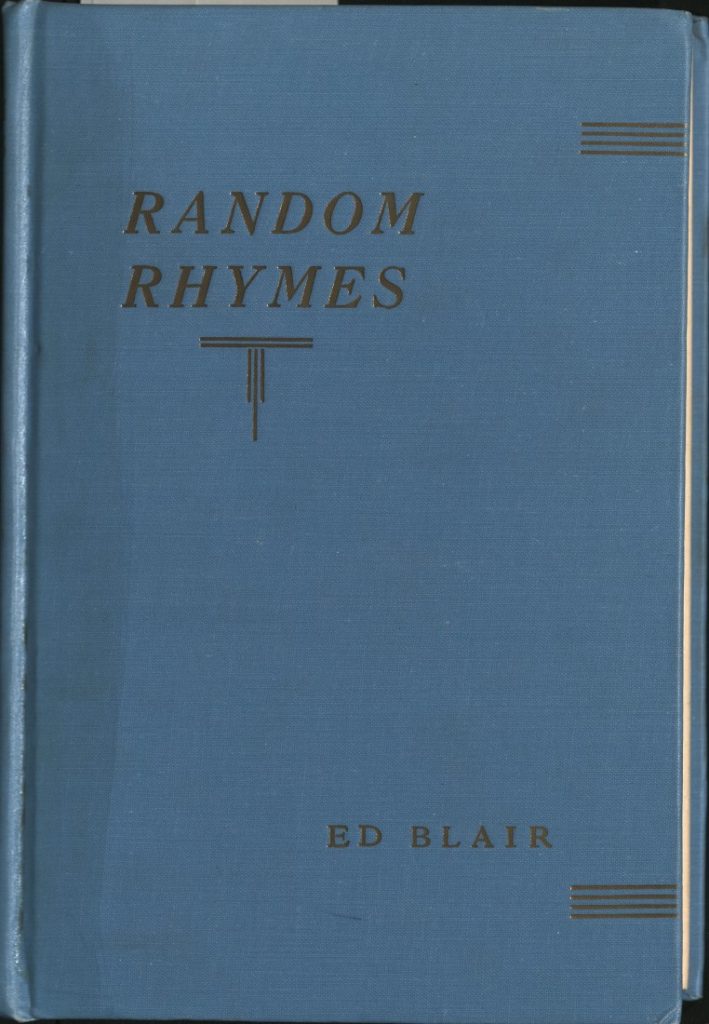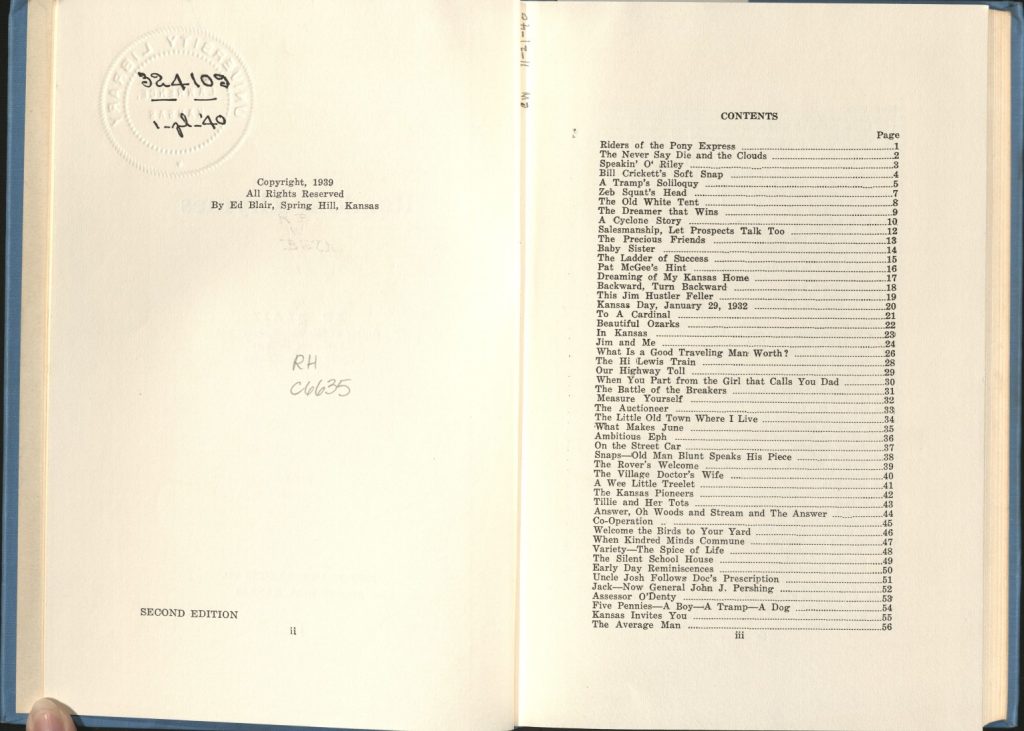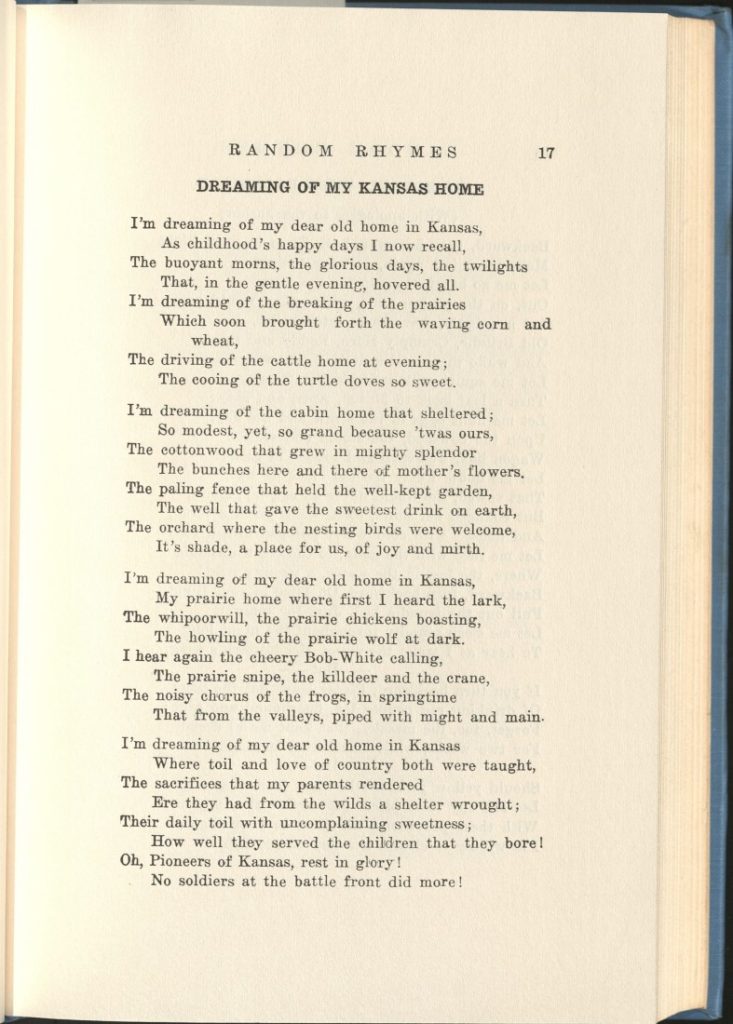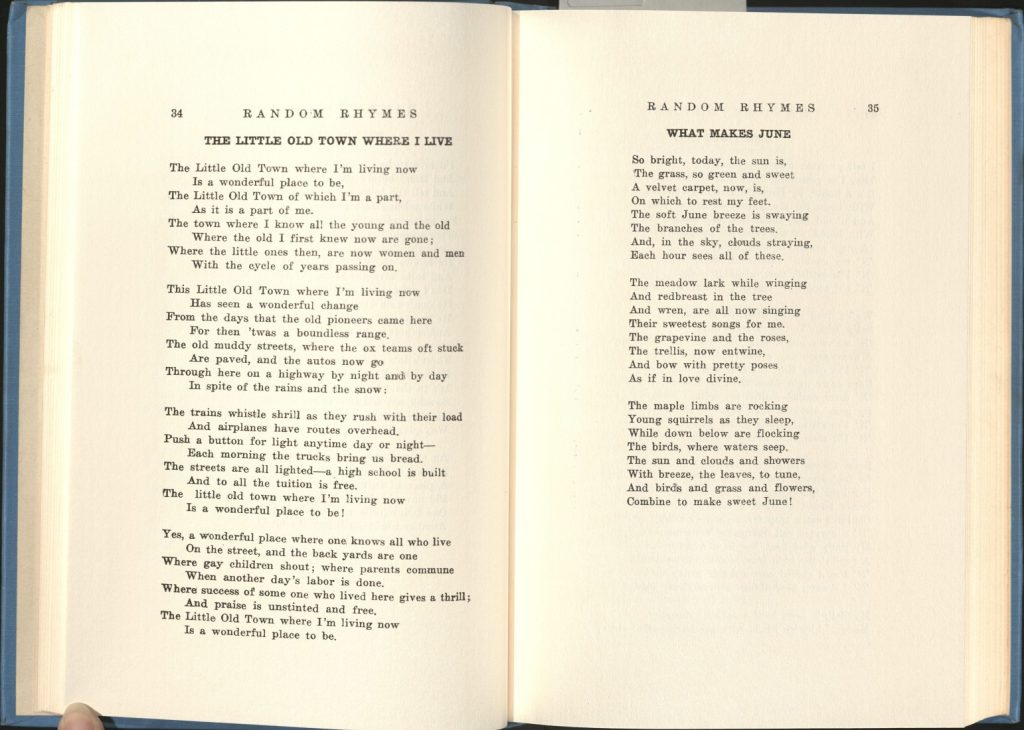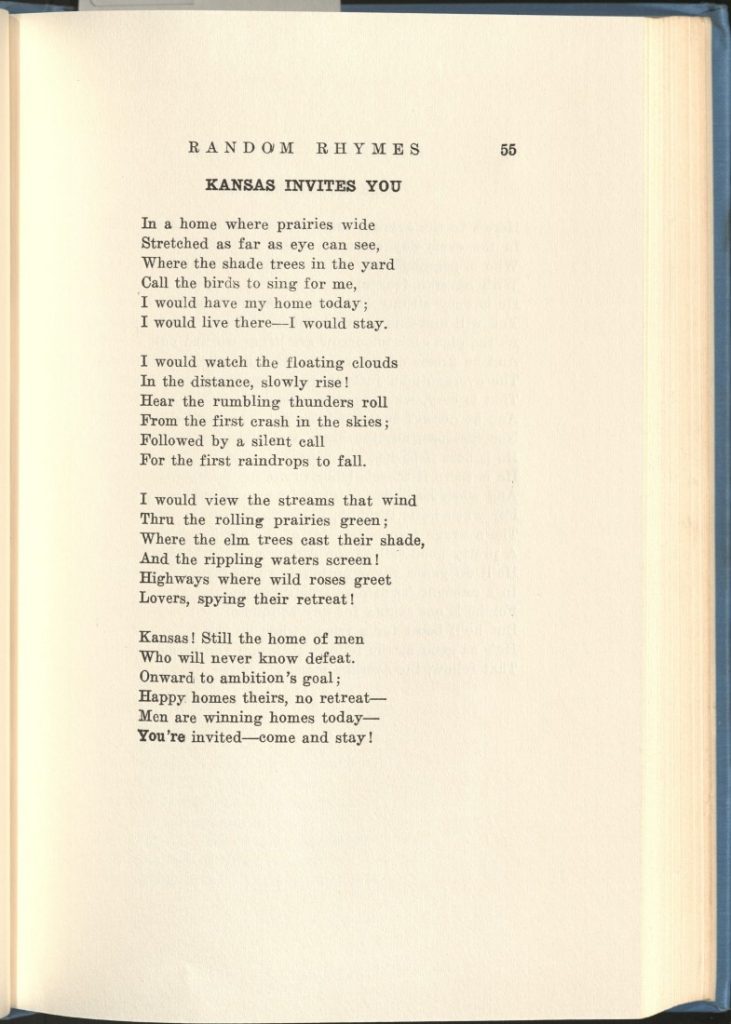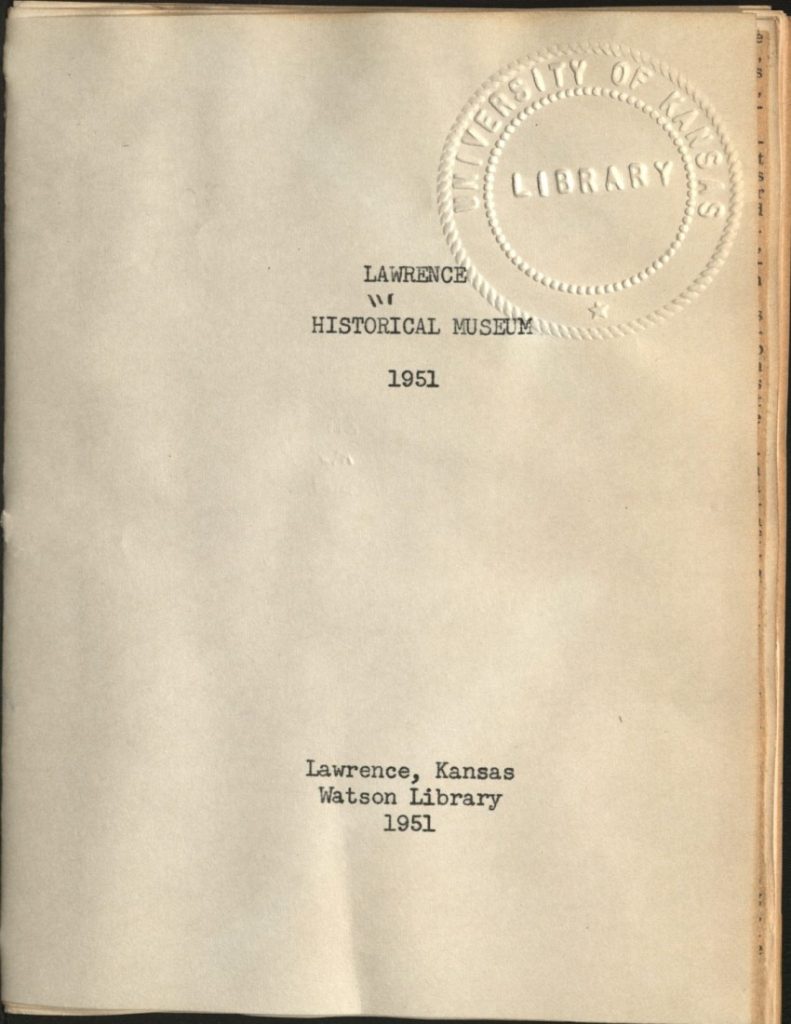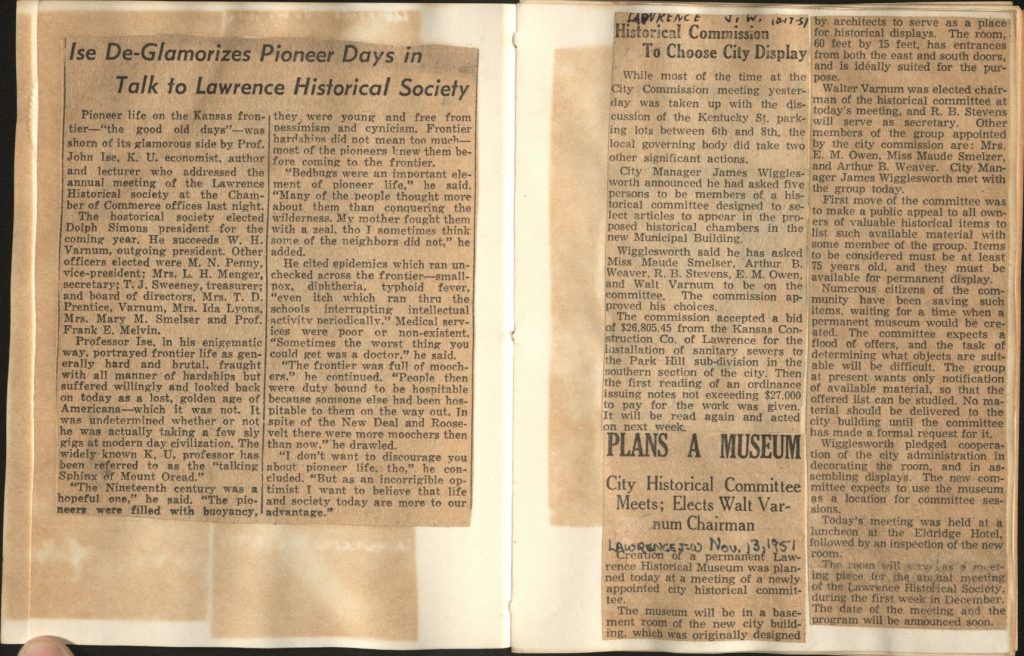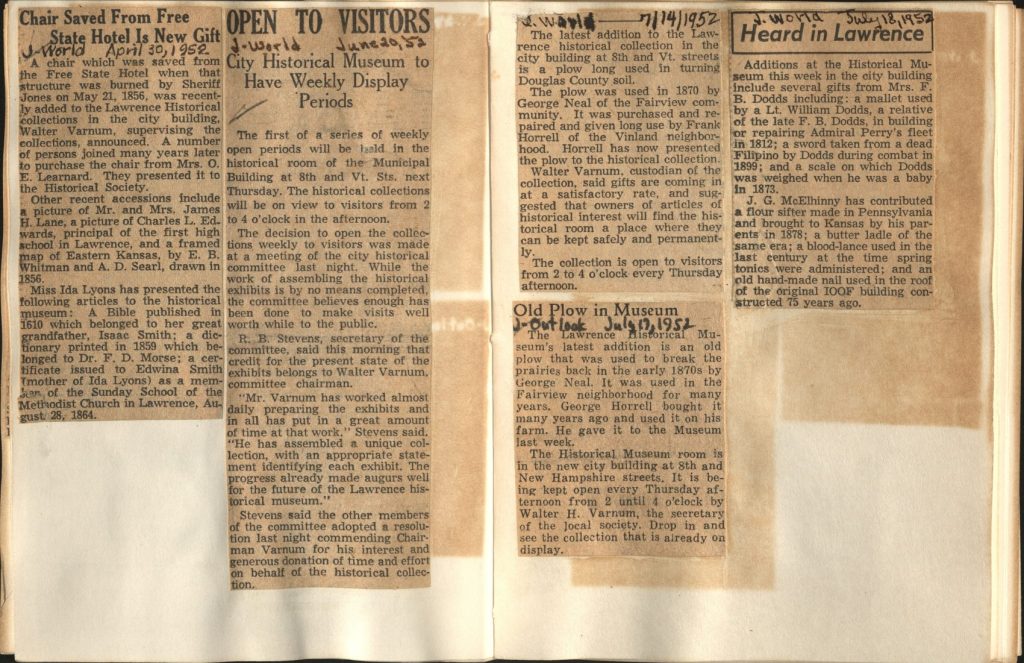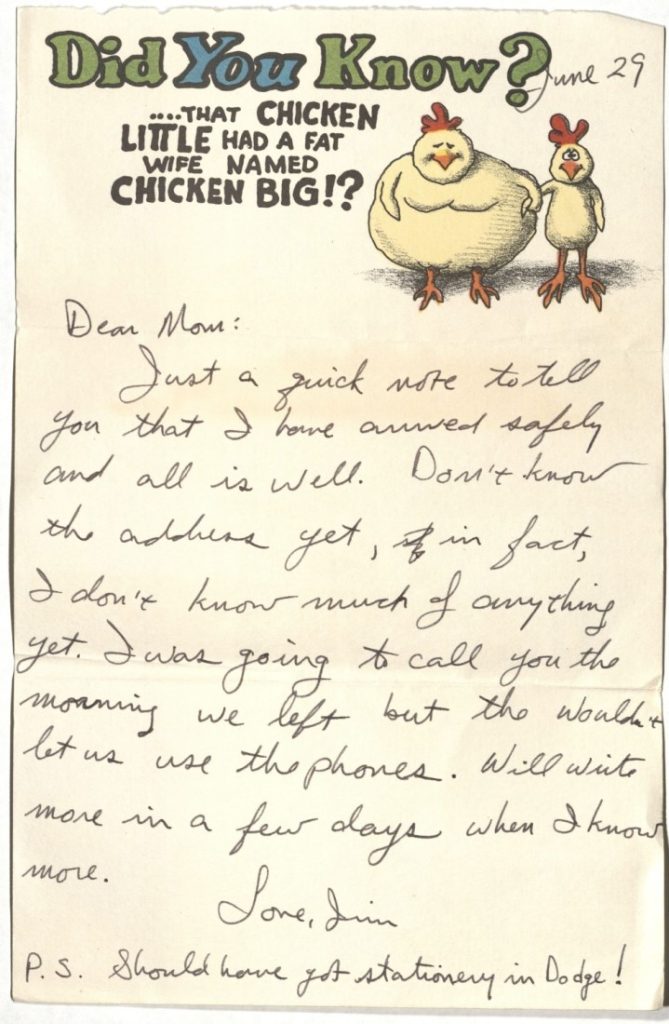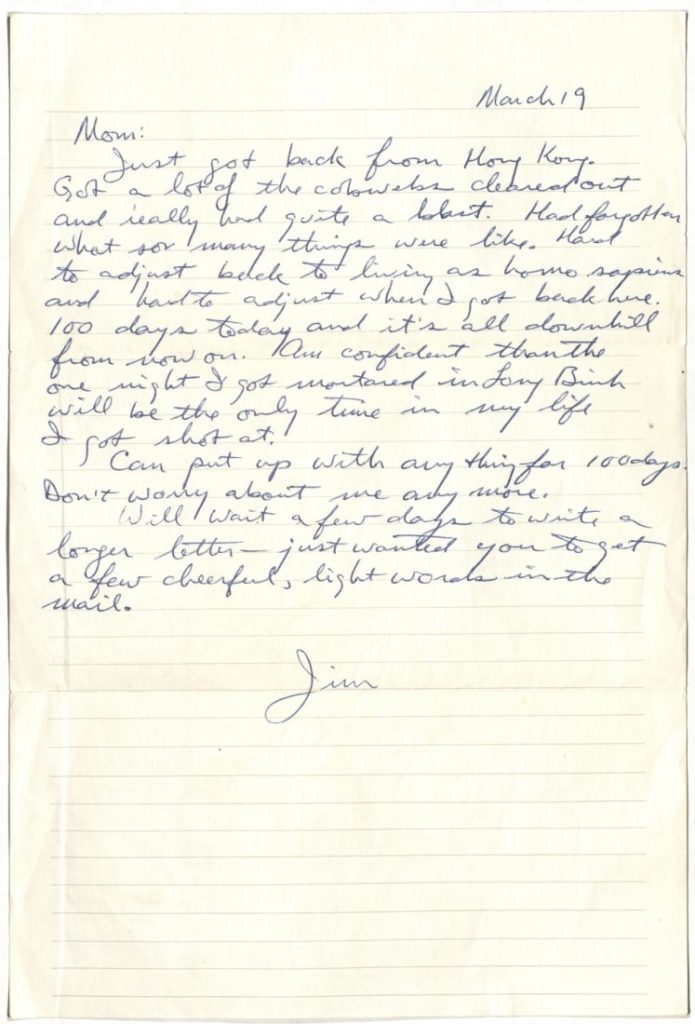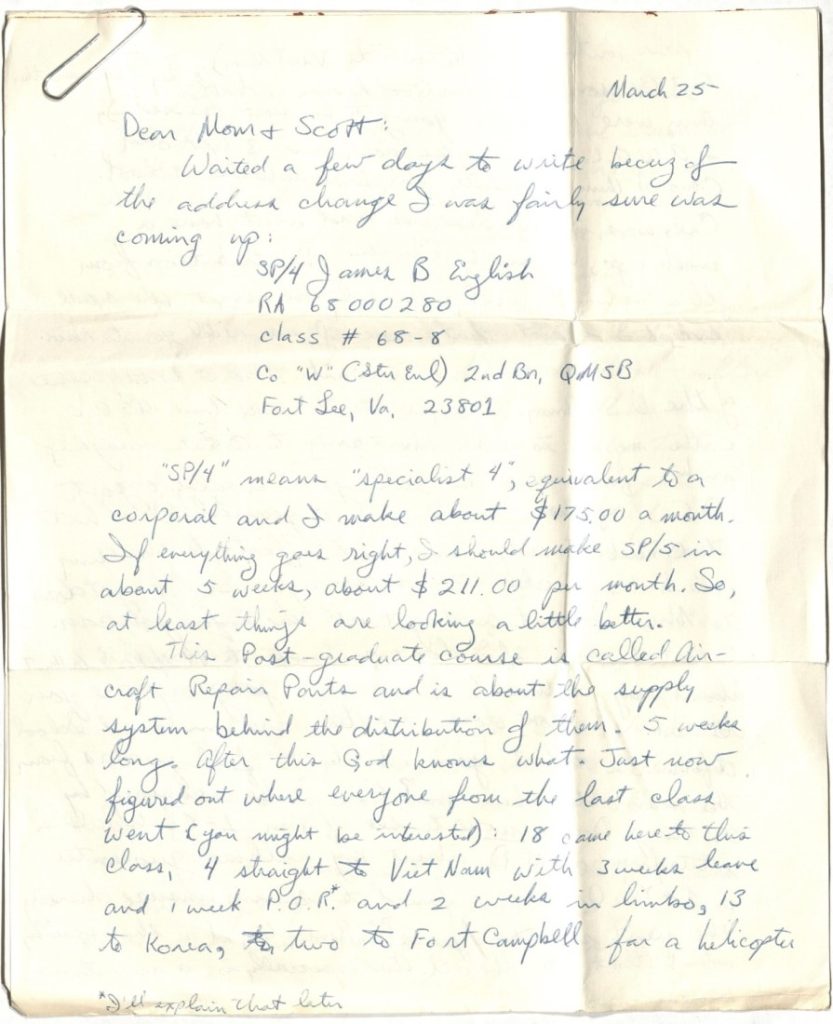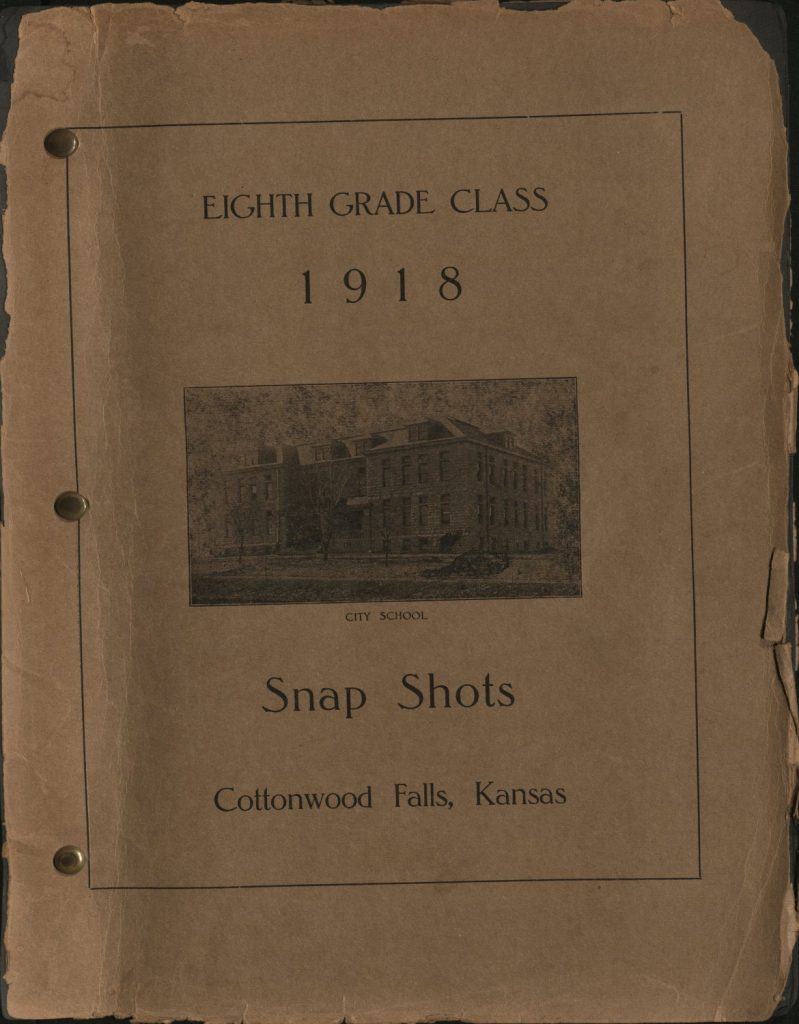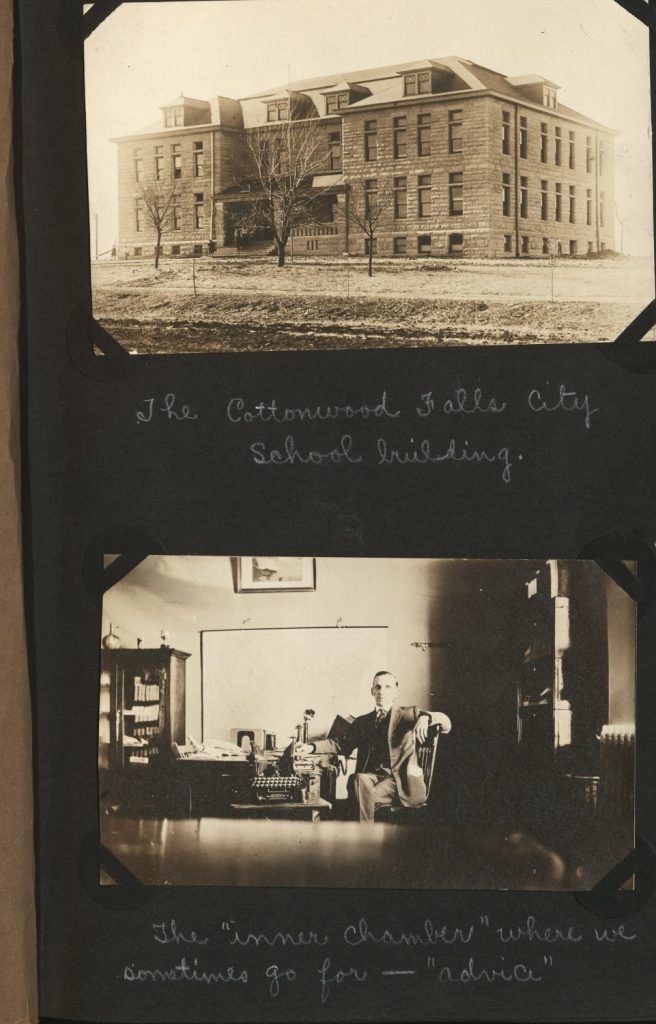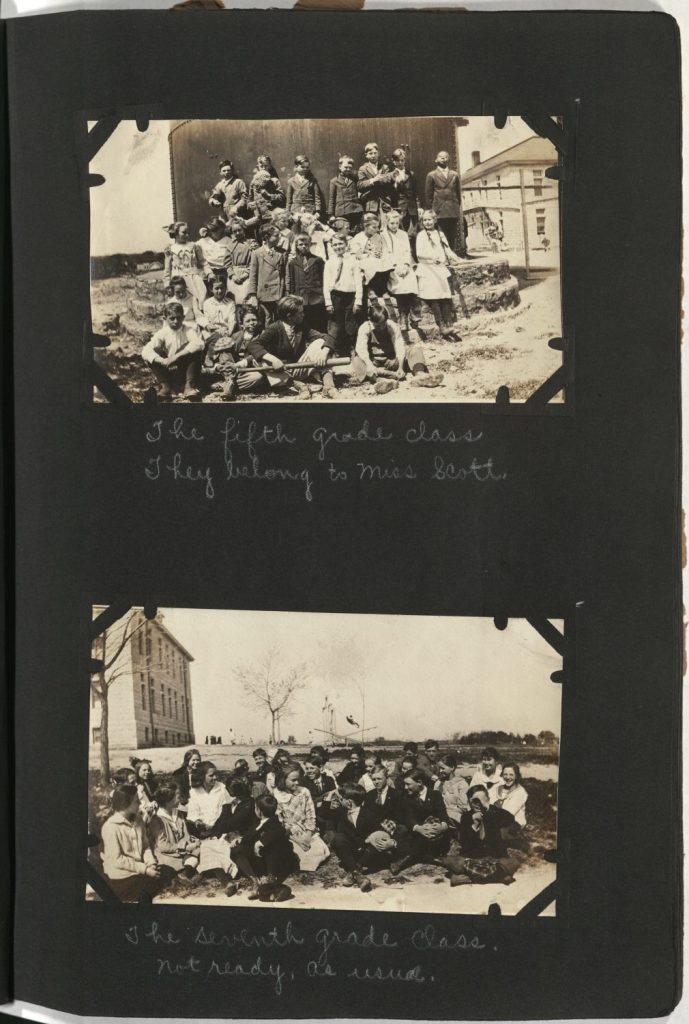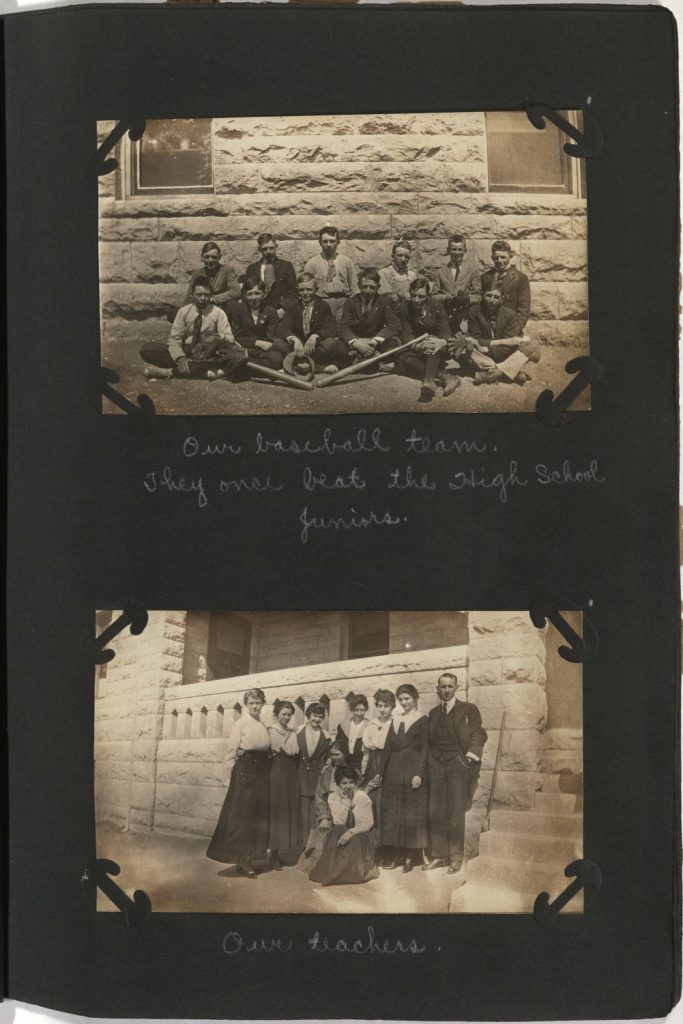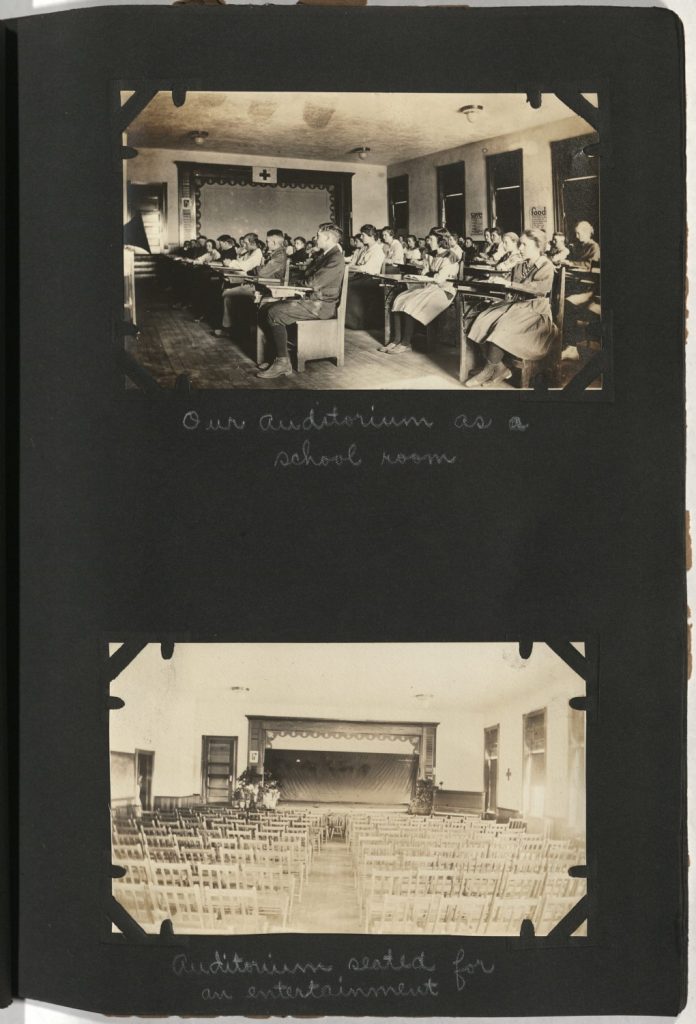That’s Distinctive!: John Brown Portrait
May 10th, 2024Check the blog each Friday for a new “That’s Distinctive!” post. I created this series to provide a lighthearted glimpse into the diverse and unique items at Spencer. “That’s Distinctive!” is meant to show that the library has something for everyone regardless of interest. If you have suggested topics for a future item feature or questions about the collections, you can leave a comment at the bottom of this page. All collections, including those highlighted on the blog, are available for members of the public to explore in the Reading Room during regular hours.
This week on That’s Distinctive! I am sharing an item from our artificial portraits collection. Artificial collections contain smaller collections that have been grouped and stored together based on some similarity. Oftentimes, items in artificial collections do not come to the library together. Per the finding aid for the portraits collection, “many of the purchases were selected by Spencer Research Library’s Kansas Collection photo archivist during the 1980s and 1990s. The collection consists of real photographic postcards, lithographic print postcards, cabinet cards, cartes de visite, mounted and unmounted prints, glass plate negatives, and other visually-based formats of individuals, couples, and groups posed formally, often in photographic studios.” The items date from approximately 1868 to 1986.
The portrait shared today is of John Brown (May 9, 1800-December 2, 1859). Brown was an American abolitionist who, according to PBS, “could not be deterred from his mission of abolishing slavery.” Throughout his life, Brown settled in many various states, held numerous jobs, and fathered twenty children. He “first reach[ed] national prominence in the 1850s for his radical abolitionism and fighting in Bleeding Kansas,” notes Wikipedia. For example, “in May 1856, Brown and his sons killed five supporters of slavery in the Pottawatomie massacre, a response to the sacking of Lawrence by pro-slavery forces.” In 1859, Brown was “captured, tried, and executed by the Commonwealth of Virginia for a raid and incitement of a slave rebellion at Harpers Ferry.”
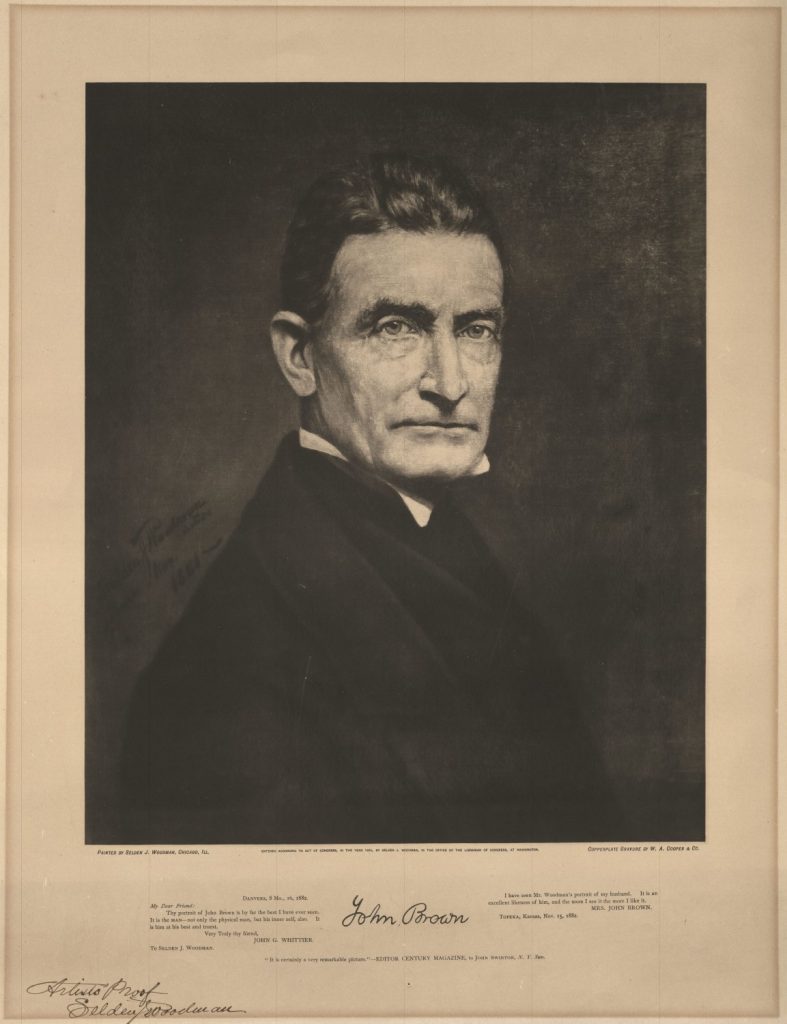
Tiffany McIntosh
Public Services

